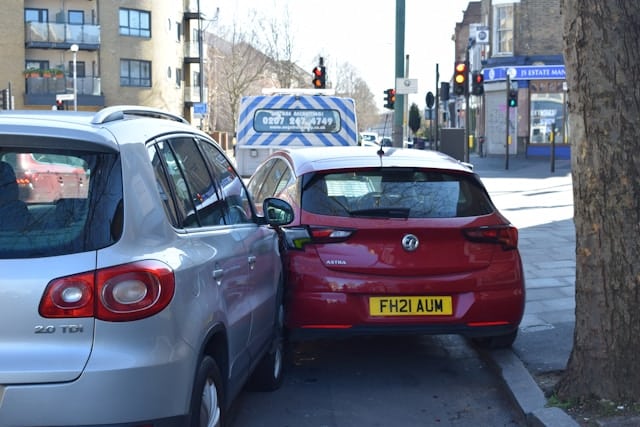How to Handle a Hit-and-Run Collision and Subsequent Repairs
 Being involved in a hit-and-run collision can be a stressful and confusing experience. Not only do you have to deal with the immediate shock and possible injuries, but there are also the subsequent challenges of reporting the incident and dealing with vehicle repairs without the at-fault driver’s information. Understanding the steps to take immediately after such an incident and during the repair process is crucial to ensuring that the situation is handled efficiently and effectively. This guide will walk you through what to do in the aftermath of a hit-and-run collision, from initial steps to contacting insurance and managing the repair of your vehicle.
Being involved in a hit-and-run collision can be a stressful and confusing experience. Not only do you have to deal with the immediate shock and possible injuries, but there are also the subsequent challenges of reporting the incident and dealing with vehicle repairs without the at-fault driver’s information. Understanding the steps to take immediately after such an incident and during the repair process is crucial to ensuring that the situation is handled efficiently and effectively. This guide will walk you through what to do in the aftermath of a hit-and-run collision, from initial steps to contacting insurance and managing the repair of your vehicle.
Immediate Steps After the Collision
Ensure Safety
First and foremost, check for injuries among all passengers and call for medical help if needed. Safety should always be your top priority. Move your vehicle to a safe location if possible, without leaving the scene of the accident too far, to avoid additional hazards.
Document the Scene
Gather as much evidence as possible. Take photographs of your vehicle from various angles to show the damage. Look for any potential witnesses who might have seen the accident and ask for their contact information. If you can, write down everything you remember about the other vehicle, such as its color, make, model, and any part of the license plate number you might have caught.
Call the Police
Report the incident to the police immediately. Filing a police report is essential, even if there are no physical injuries. A formal report not only helps in documenting the event for insurance purposes but also initiates the legal process should the offending driver be located.
Dealing with Insurance
Notify Your Insurer
Inform your insurance company about the hit-and-run as soon as possible. Many policies require prompt reporting of any accidents, and specific coverages for hit-and-run scenarios, such as uninsured motorist property damage coverage, can significantly influence what expenses you may be liable for.
Understand Your Coverage
Review your insurance policy to understand what is covered in the case of a hit-and-run. Depending on your policy, you might be covered for both vehicle damage and personal injuries. Knowing your deductible and coverage limits is also important, as these will determine how much you will have to pay out-of-pocket.
Submit All Required Documentation
Provide your insurer with all collected evidence, including photos, a copy of the police report, and witness statements, if available. This documentation will support your claim and potentially speed up the claims process.
Managing Vehicle Repairs
Choosing a Repair Shop
Select a reputable auto repair shop that is experienced in handling collision repairs. If possible, choose a shop that your insurance company approves or recommends to ensure the repairs are covered under your policy terms.
Review the Repair Estimate
Before any work begins, make sure you receive a detailed repair estimate. This should list all the repairs needed, the cost of parts and labor, and an estimated timeline for the work. Review this estimate with your repair technician to ensure it covers all damages from the hit-and-run.
Monitor the Repair Process
Stay in contact with the repair shop as your vehicle is being fixed to ensure that repairs stay on track and within the estimated budget. After repairs are complete, thoroughly inspect the work and take a test drive to ensure everything has been restored to your satisfaction.
Conclusion
Handling a hit-and-run collision involves dealing with initial shock, gathering evidence, and navigating insurance and repair processes. By taking the right steps from the start, you can manage the situation more effectively, ensuring that you receive the necessary support and repairs to restore your vehicle and move past the incident.
